Built in 1631, Kew Gardens is most famous for being the home of King George III and his family and the smallest palace. When it was built, it was actually built as a Dutch merchant's house. In 1728, it became the home of members of the royal family who got a leasehold on the property and Frederick, George III's father, built a property opposite known as "the White House". At the beginning of the 1800s, George III moved to the palace for treatment of physical and mental illness; he moved in with his wide Charlotte and their 15 children. The palace is a large red brick building on the eastern edge of Kew Gardens.

King George III and his family lived in the palace until 1818. He preferrred this country retreat. In 1817, Queen Charlotte became very ill at the palace and died the following year, and the family moved out and never lived there again; it was also not occupied by the royal family after this time. After they moved, the house remained pretty much as how it was left when they moved out.
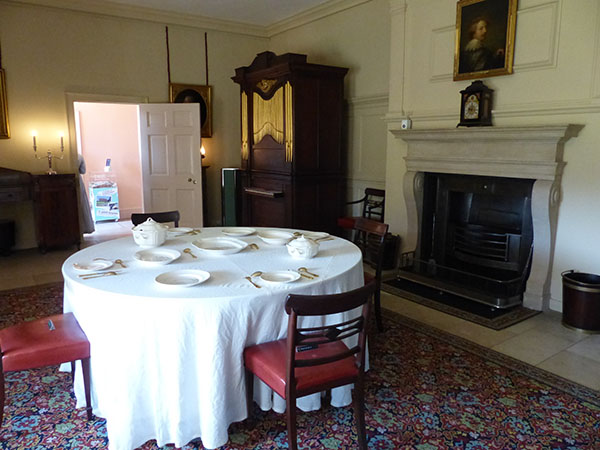
Visitors can walk through the rooms of the palace and visit the bedrooms of the family; some of the rooms are not yet restored.
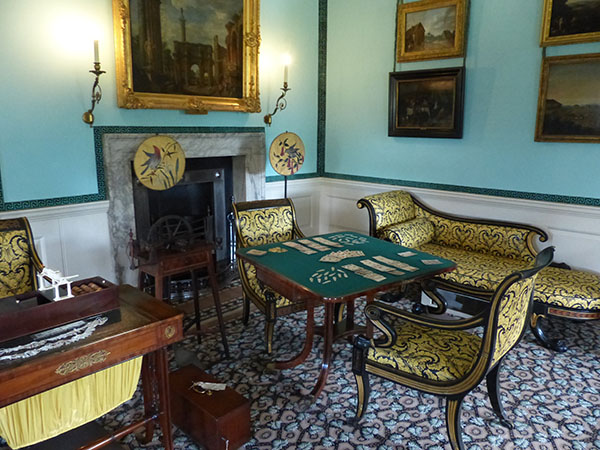
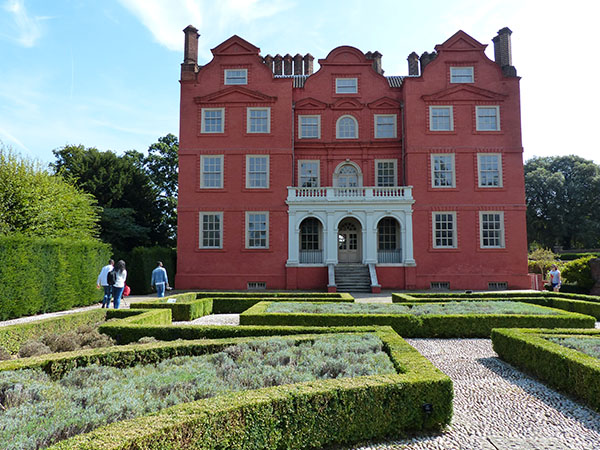

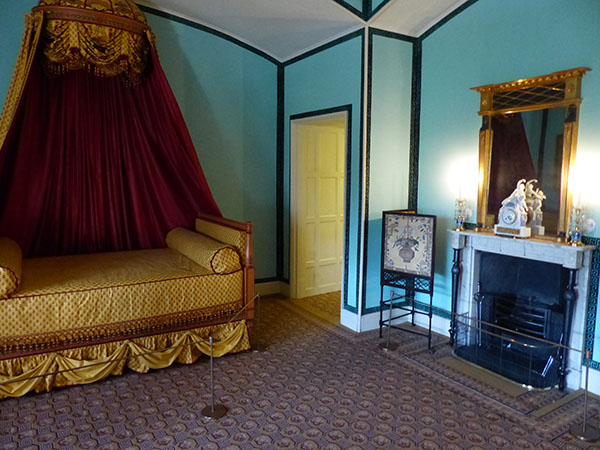
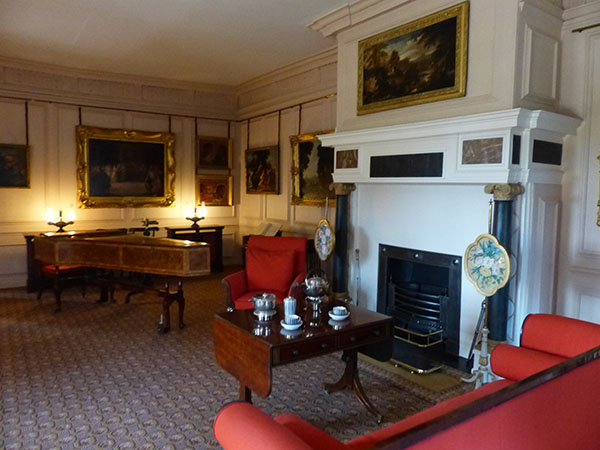
The palace's kitchens are also open to view, and this is located a short walk away. The Georgian kitchens are re-constructed to what they may have looked like in 1789 when King George III lived in the palace. The palace kitchens contain the kitchen gardens outside the building and rooms used by the staff for the running of the kitchens, storage rooms, the kitchens with the stoves, and the living quarters of the staff.
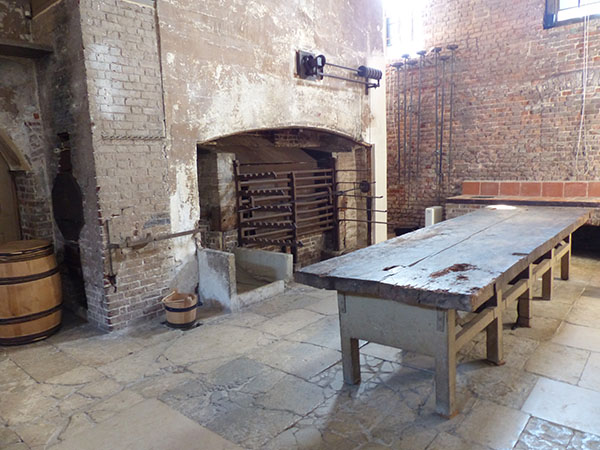
Below are a couple of the rooms on the ground floor. Note how much more simple it is than the rooms of the palace.
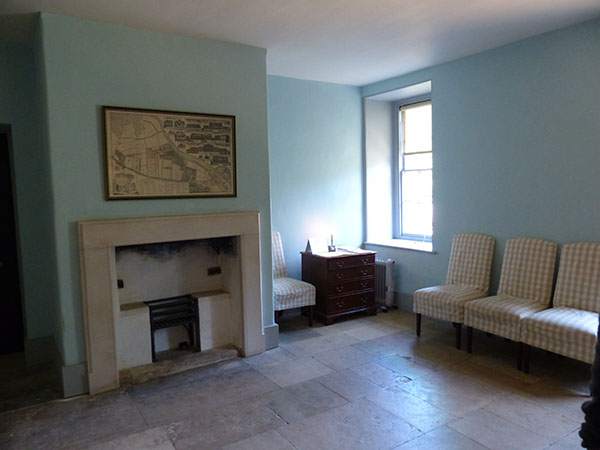



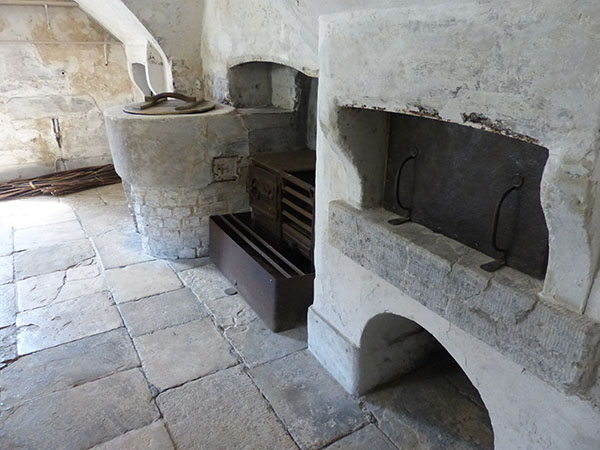
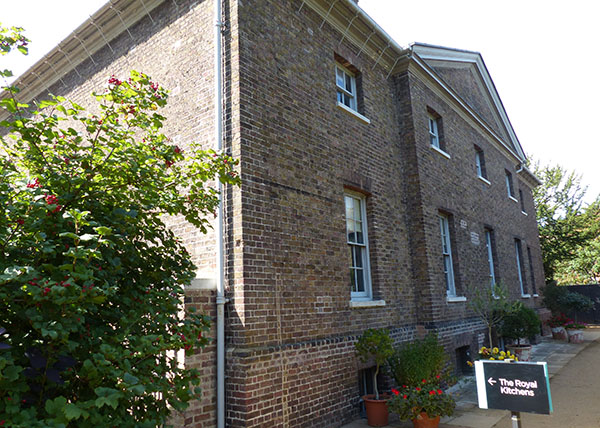
Kew Palace and Kew Palace's Georgian Kitchens are open to the public at the weekends and other busy times throughout the summer, but they are closed to the public in the winter months.

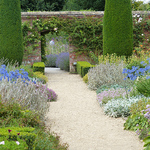
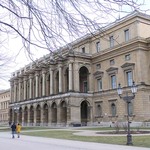
Leave a comment